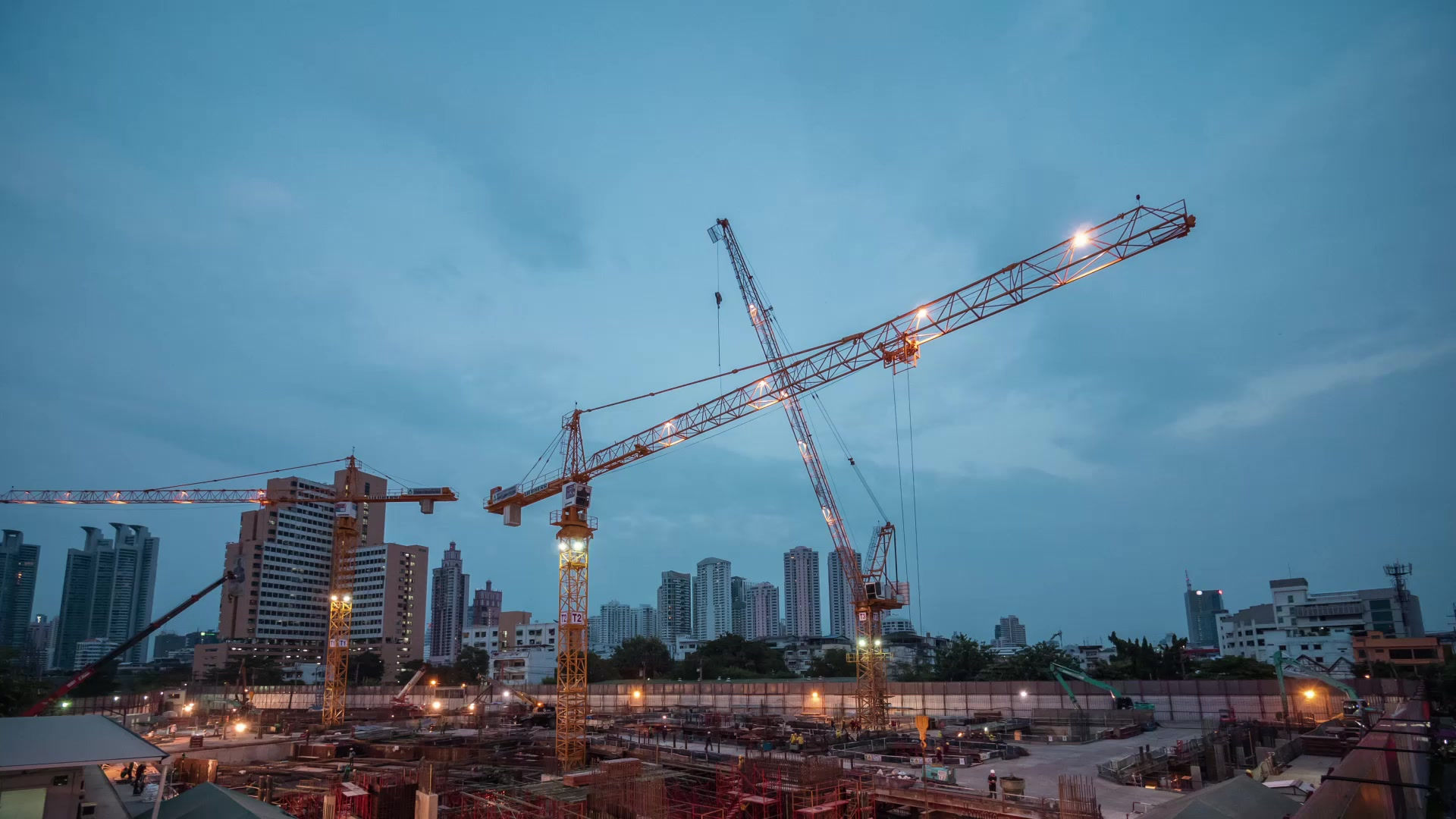Uncovering the Reality of Affordable Housing in London and Kent: A Key Element in Challenging Homelessness
- Shayne Forrester
- Mar 12
- 2 min read
The cost of living in London and Kent has dramatically increased over recent years, with average rents for a typical two-bedroom apartment reaching approximately £1,300 per month. For individuals earning a monthly salary of £2,500, this monumental financial burden raises urgent questions about how they manage to survive after rent is paid. The pressing need for affordable housing in these areas becomes evident, alongside the roles played by HMOs (House in Multiple Occupation) and social housing in creating sustainable living conditions.
The Financial Strain on Residents
For many residents in London and Kent, the stark reality of paying rent means sacrificing other essential expenses. Once fourteen hundred pounds is deducted for rent, individuals are left with about £1,200 for all other necessities, such as bills, food, transport, and discretionary spending. This financial strain can lead to increased anxiety and, often, a constant juggling act of whether to pay this bill or that.
Importance of Affordable Housing
Creating accessible and affordable housing options is vital in combating homelessness and supporting low-income families. Housing authorities and local governments need to prioritize investment in affordable housing projects to ensure that residents have a place they can call home without jeopardizing their financial stability. The availability of such housing avenues can significantly reduce the number of families facing housing insecurity and poverty.
The Role of HMOs and Social Housing
House in Multiple Occupation (HMO) serves as an essential solution for those who might struggle to afford traditional rental properties. These properties often provide lower rent compared to standalone apartments and can accommodate multiple tenants.
Furthermore, social housing initiatives play a pivotal role in ensuring that those on low incomes or facing financial struggles can secure safe living spaces. These housing options not only support individuals but also help foster community ties, leading to reduced social isolation and better community outcomes.
Property Investors and Their Impact
While some property investors primarily seek financial gain, a growing number are beginning to recognize their responsibility in addressing housing challenges. These investors take on significant risks by investing in property, yet they play a crucial role in challenging homelessness by providing rental options to those in need.
Real estate investment can yield significant returns, but those who invest with purpose often find that their profits are augmented by the positive impact they are making in their communities. Partnering with organizations like MablePDC can provide a pathway for those looking to invest in property while also contributing to meaningful causes, such as combating homelessness.
Conclusion
As the demand for affordable housing continues to rise in London and Kent, it is vital for all stakeholders—residents, local governments, and investors—to work collaboratively towards sustainable solutions. The existence of affordable housing, HMOs, and social housing initiatives can have a profound effect on reducing homelessness and improving the quality of life for residents.
If you are considering a property investment with a purpose, reach out today to learn how you can make a difference while securing a reasonable return on your investment. Together, we can shape a better future for those in need and build communities we can all be proud of.





This is such an insightful read—especially with how tough housing has become recently. Finding genuinely affordable options is challenging, whether it’s long-term rentals or student accommodation in London. Thanks for shedding light on the realities many people face.